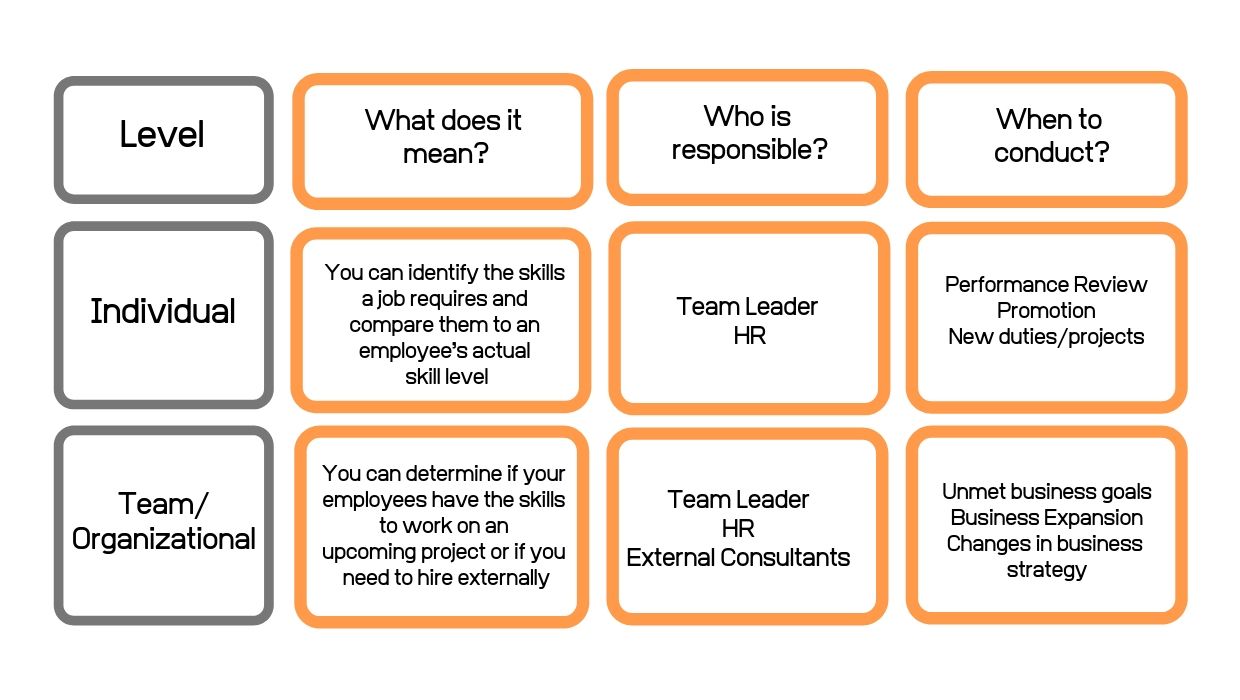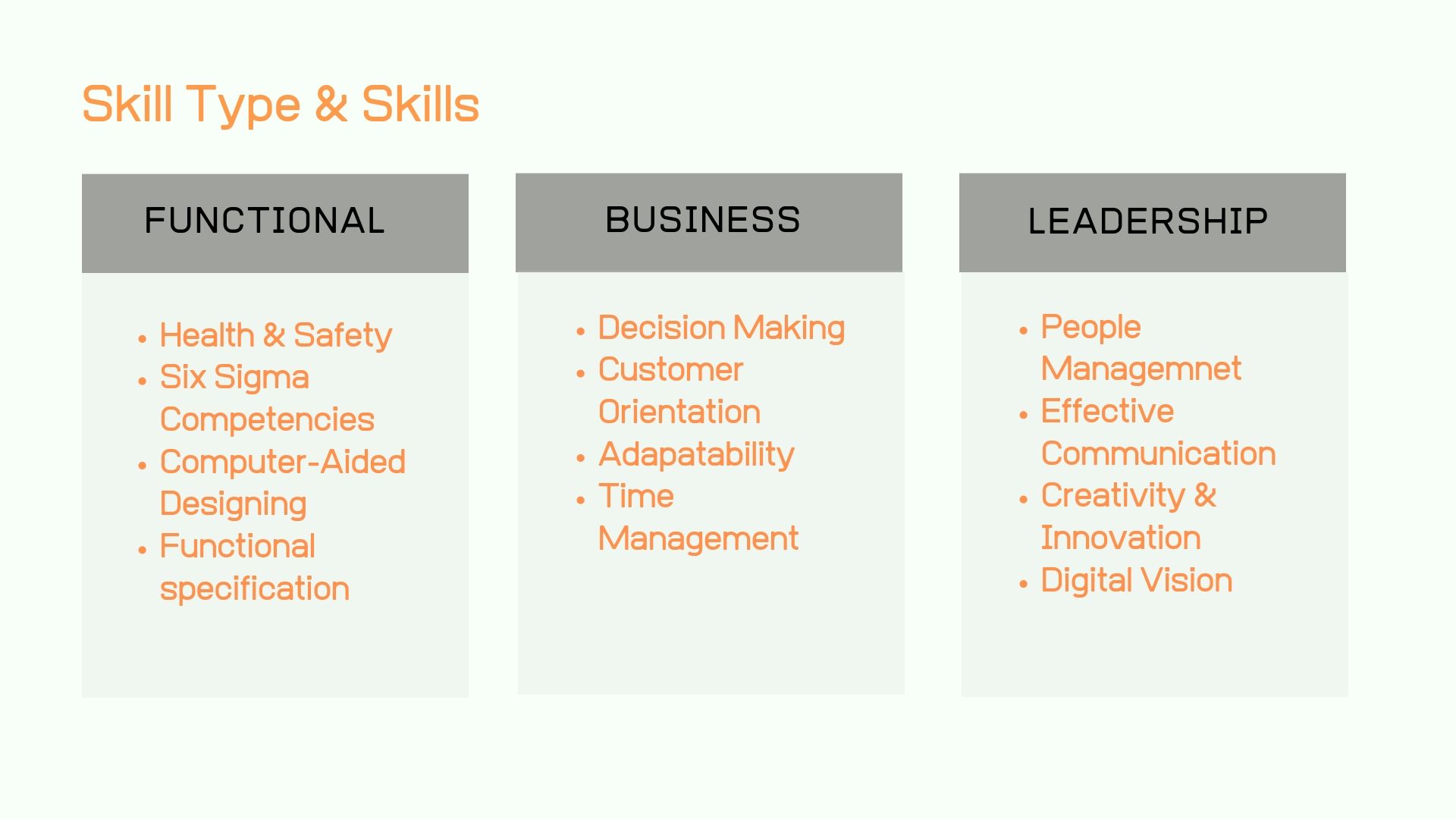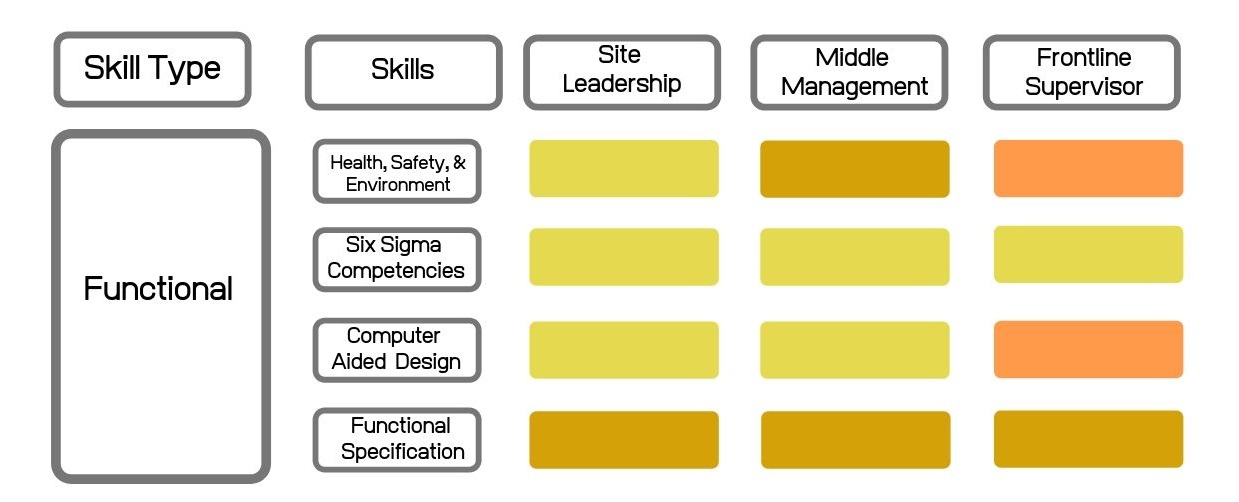Identifying skill gaps in your organisation: A guide

The talent acquisition is undergoing a seismic shift. Securing top talent today with the in-demand skill sets has become one of the most critical challenges of our time. We are no longer navigating a mere "skill gap" but rather a skill chasm that threatens to hinder organisational effectiveness and progress.
Recall the 2018 World Economic Forum in Davos. Discussions centred on harnessing technology's potential for innovation. But a nagging question remained: what about the workforce left behind? Fast forward to today, and that concern has become a full-blown talent crisis.
Conducting a comprehensive skills gap analysis is no longer optional – it's the map you need to navigate this unforgiving landscape. This analysis equips you to identify the critical skills needed to achieve your business goals. This guide will help you make informed decisions about upskilling your workforce and attracting those elusive talent unicorns.
Here’s how to conduct a skills gap analysis:
01: Plan the type of analysis you want to perform:
To start with, first plan if you wish to perform a skill gap analysis on an individual level or a team/organisational level.

02: List the roles within your organisation
The second step would be identifying the list of job roles within your organisation. Group together similar roles like Customer Service Officer and Customer Service Representative as they almost require a very similar skill set.
03: List the skills needed for each role
Now that you’ve created a list of role types, the next step is to list the skills required for each of these roles. Before you create a list of skills, you need to have answers to the following questions:
- What skills do we value as a company?
- What are the skills that are not relevant to us?
- What skills do our employees need to do their jobs well now and in the future?
After you have analysed the skills valuable for your business now and in the future, categorise them into three buckets—Functional, Business, and Leadership. After that list and prioritise the top skills that the business, team and individual require:
Below is an illustration for an engineering job role in a manufacturing organisation:

04: Measure the current skills
Once you have listed down the skills, measure the current level of competency for each of the skills. You can measure the skill levels by using
- Surveys and assessments
- Interviews with employees
- Feedback from performance reviews
Alternatively, you can measure skills by creating a skills spreadsheet specific to each position. For example:



![]()
06: Analyse the data:
Now when you have received the data, analyse the current state. To arrive at a result, make sure you have established an ideal future state. Your analysis should answer questions like— What causes contributed to the targets being missed? For example, were the workers not trained well enough? Was a particular function short-staffed? Compare the current state with the ideal state.
Describe the skill gap and quantify the difference. Companies can use other rating systems to quantify the difference which can be as basic as simple terminology like good, fair, and poor, to something more detailed like a 1-50 scale.
07: Create a plan to bridge the gap:
Decide what needs to be changed and determine what steps need to be taken to fix things. There are two ways to fill the skill gap—training and hiring.
Train for skill gap: There are a lot of options when it comes to training and upskilling your workforce. Discuss with managers and identify the courses that your employees require to upskill themselves. Additionally, decide on the right training model— classroom, MOOCs, blended- whatever format works well with your workforce.
Hire for skill gap: If your skills gaps are too wide to minimise with training, consider hiring to bring new knowledge and skills into your company.
The AI factor
The landscape of skills and competencies is evolving rapidly, driven in part by the rise of artificial intelligence (AI) and automation. Here's how to factor in the AI revolution when identifying skill gaps within your organisation:
Identify Tasks for Automation: Analyse your workforce and workflows to identify areas where AI might automate tasks in the near future. What skills will your employees need to manage and collaborate with AI systems effectively?
Embrace New Skills: Consider the skills becoming increasingly relevant in your industry due to AI integration. For example, data analysis capabilities might be crucial across various roles in the future.
Upskilling and Reskilling for the AI Era: Focus on developing your workforce's agility and adaptability alongside specific technical skills. Prioritise training programmes that foster continuous learning, such as microlearning modules and online platforms.
The skill gap analysis process should be dynamic and adaptable, constantly evolving alongside the rapid advancements in AI and automation. By incorporating these updates, you can ensure your organisation stays ahead of the curve and thrives in the AI era.
Originally published in May 2019, this article has been updated to reflect the latest trends in talent acquisition and skill gap analysis






